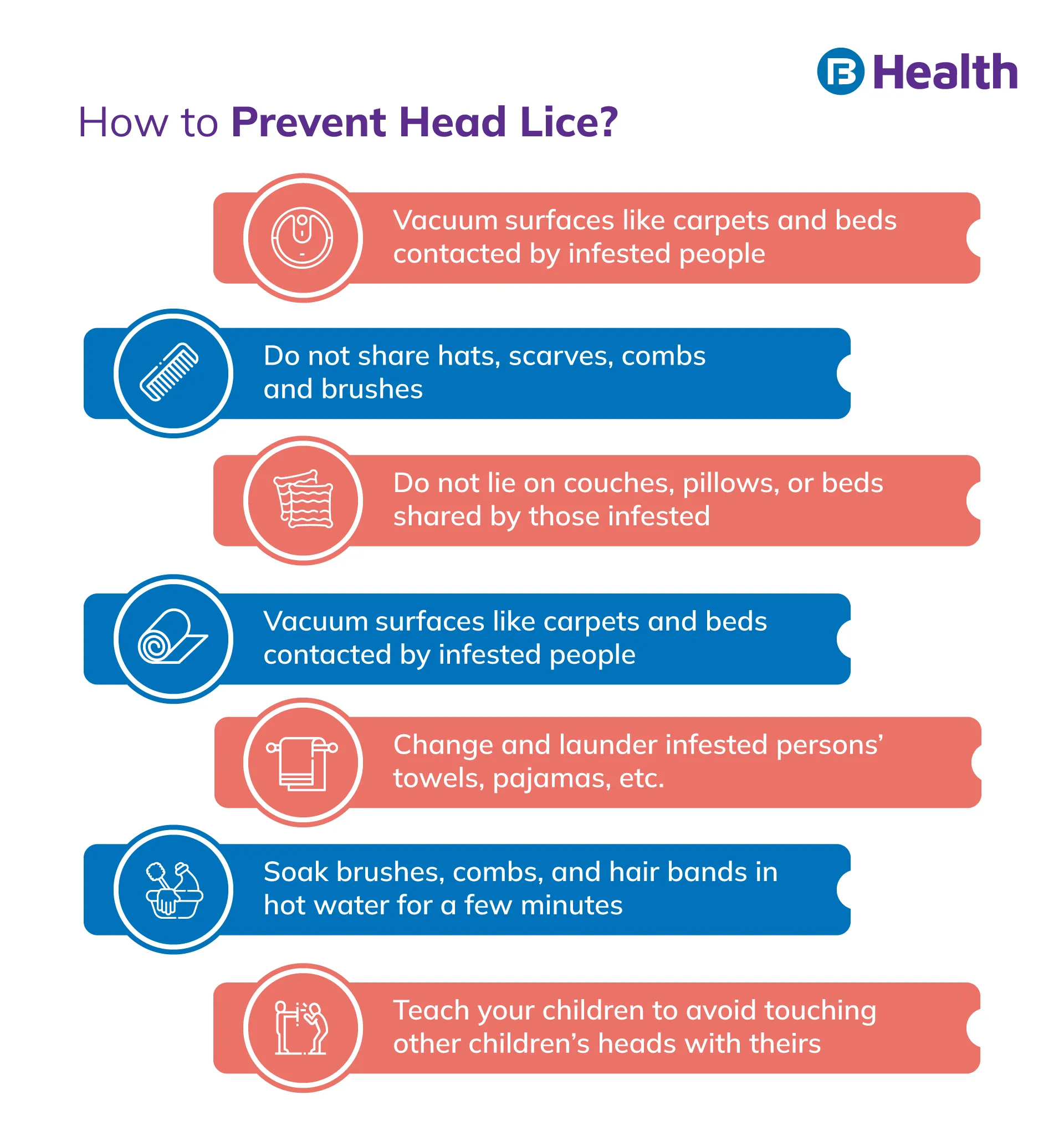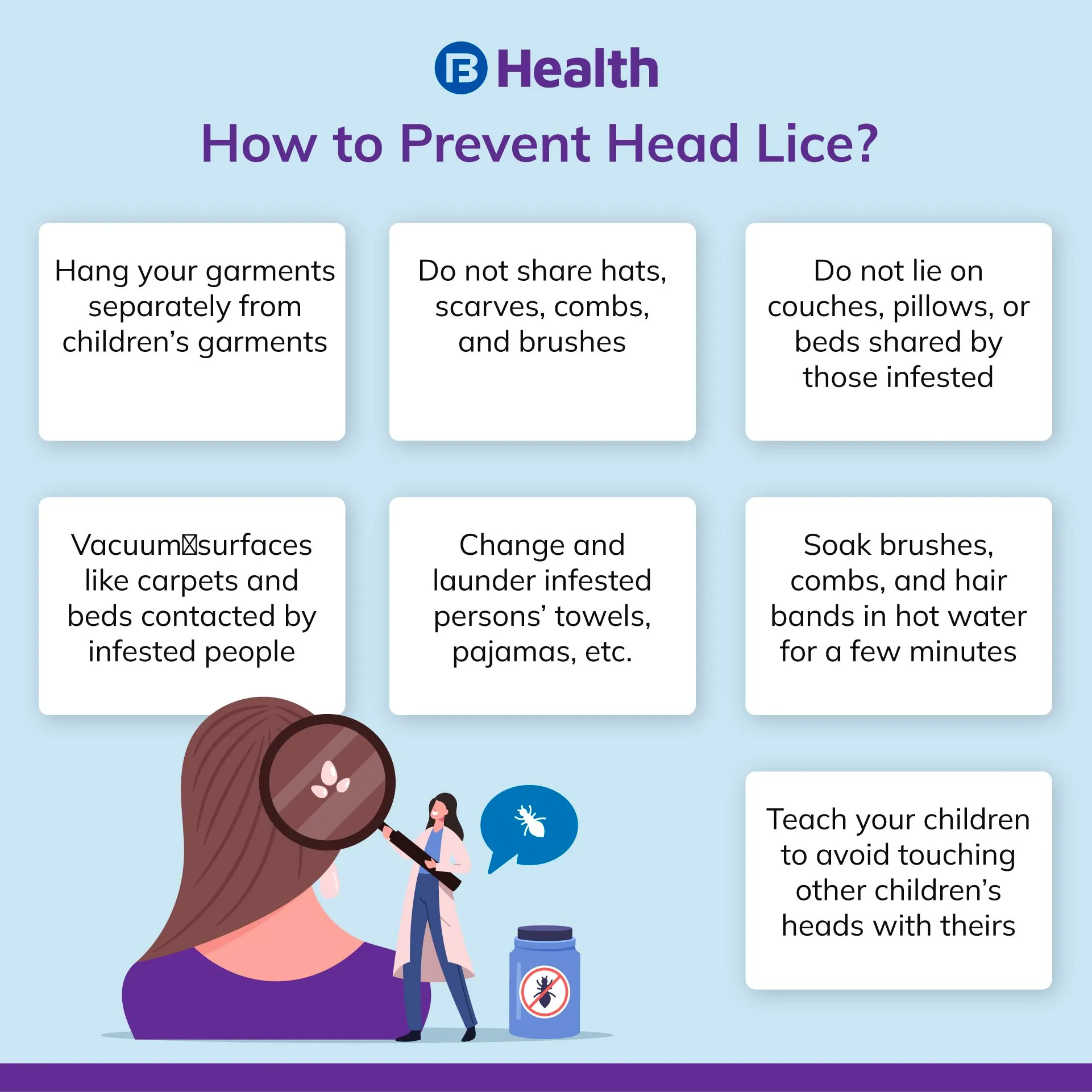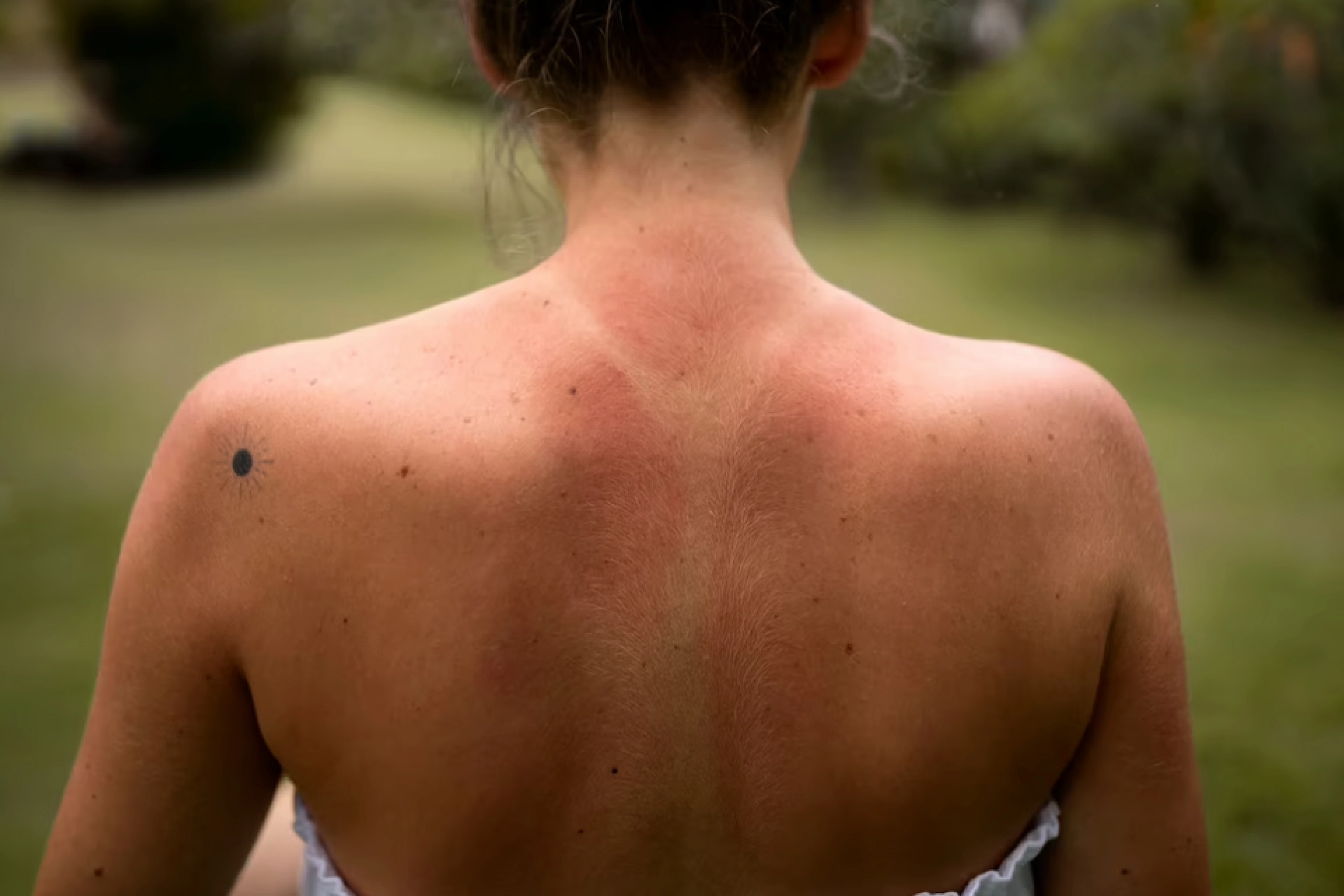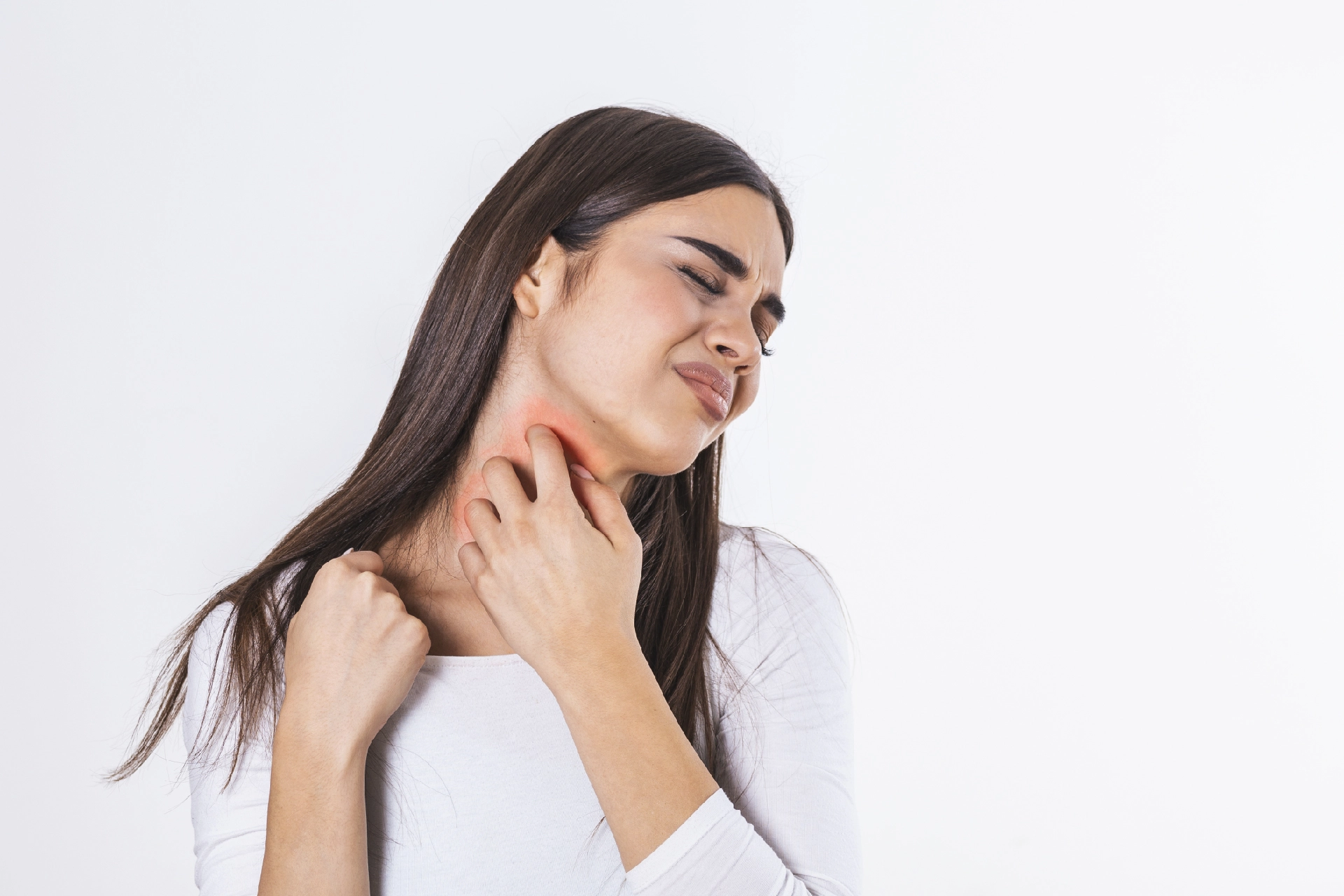Dermatologist | 4 min read
Head Lice: Symptoms, Causes and Effective Treatment
Medically reviewed by
Table of Content
Key Takeaways
- Head lice are common among children and are highly contagious
- For head lice treatment you can use head lice shampoo or lotion
- Scratching and itching on the scalp and neck are head lice symptoms
Head lice are a kind of tiny parasites that survive on human blood and stay glued to the scalp or hair. They are a common cause of concern among the pediatric age group, and are highly contagious. However, note that they do not cause any infectious diseases and they are not a sign of poor hygiene or an unclean environment. The eggs of these lice are known as nits. Female lice are larger than male lice and can grow to the size of a sesame seed. They can live up to a month.
As head lice survive on human blood, they perish within a few hours when separated. However, nits can survive up to a week if separated from humans. A study on children aged 5 to 15 years found that 71.1% of girls and 28.8% of boys had head lice infestation. The study also discovered that it was more common in children aged between 5 and 7 years [1].
Read on to know more about head lice, their symptoms, causes, and treatment.
Additional Read: What Is DandruffHead lice symptoms
Here are some common head lice symptoms:
- Lice on scalp
- Nits on hair shafts
- Irritability
- Itching on the scalp, neck, or ears
- Difficulty in sleeping
- Tickling or crawling sensation in hair
- Sores on scalp, neck, and shoulders
- Swollen lymph nodes or glands
- Pink eyes

Head lice causes
A female louse produces a sticky substance. This substance attaches each egg it lays to the base of the hair shaft. These eggs gradually transform into lice. Here are some risk factors that can cause head lice:
- Age: Younger children between the ages of 3 and 11 years tend to get them. This is because they often come in head-to-head contact with other children in school and other places. Other factors of spreading lice include sharing bed, using same comb, snuggling with parents, and more.
- Gender: The occurrence of it is 2 to 4 times higher in girls than boys. This may possibly be because girls have long hair and come in frequent head-to-head contact [1, 2].
- Close contact: Living with children or adults who have them increases your risk of getting infected.
Head lice treatment
If you are diagnosed with an active head lice infestation, do not hesitate to get started with treatment. You can use its shampoo, lotion, and oral medication prescribed by your doctor. These medicines kill them and are known as pediculicides [3]. Some medicines to treat it include:
- Malathion lotion
- Permethrin cream
- Benzyl alcohol lotion
- Pyrethrin-based product
- Spinosad topical suspension
- Ivermectin lotion or oral medication
Home remedies for head lice
Apart from prescribed medicines, you can treat head lice infestation at home through the following:
Comb wet hairs
Use a fine-toothed comb to remove nits and lice from wet hair. You can also use lubricants such as conditioners for the hair. Comb the entire head twice during a session and repeat the process every 3 to 4 days for at least 2 weeks.
Use essential oil
Natural plant oils such as tea tree oil, anise oil, eucalyptus oil, and lavender oil can have a toxic effect on it and eggs. A combination of coconut and anise can clear them more effectively than permethrin lotion [4].
Use smothering agents
Smothering agents like mayonnaise, olive oil, butter, and petroleum jelly can deprive the lice of air when applied to the hair and kept overnight. So, you can use these household items to treat head lice infestation.
Dehydrating machine
This machine kills it and eggs with hot air by dehydrating them. However, it uses air that is cooler than hairdryers and has a higher flow rate.
Head lice complications
They are harmless and do not carry any viral or bacterial disease. So, they do not directly cause any complications. But secondary bacterial skin infection may occur as a result of scratching caused by it.
Additional Read: Alopecia AreataHair problems like head lice infestation and dandruff can be irritating. Make sure you take preventive measures like not sharing combs, brushes, and hats. You should also avoid contact with people infested with it. To get rid of any hair and skin problems, book doctor consultation on Bajaj Finserv Health. You can consult with top dermatologists and trichologists on the platform and take care of your hair!
References
- https://www.ncbi.nlm.nih.gov/pmc/articles/PMC7001420/
- https://www.cdc.gov/parasites/lice/head/epi.html
- https://www.cdc.gov/parasites/lice/head/treatment.html
- https://naturallyhealthyskin.org/2015/01/15/natural-remedy-for-head-lice-coconut-oil-anise/
Disclaimer
Please note that this article is solely meant for informational purposes and Bajaj Finserv Health Limited (“BFHL”) does not shoulder any responsibility of the views/advice/information expressed/given by the writer/reviewer/originator. This article should not be considered as a substitute for any medical advice, diagnosis or treatment. Always consult with your trusted physician/qualified healthcare professional to evaluate your medical condition. The above article has been reviewed by a qualified doctor and BFHL is not responsible for any damages for any information or services provided by any third party.




